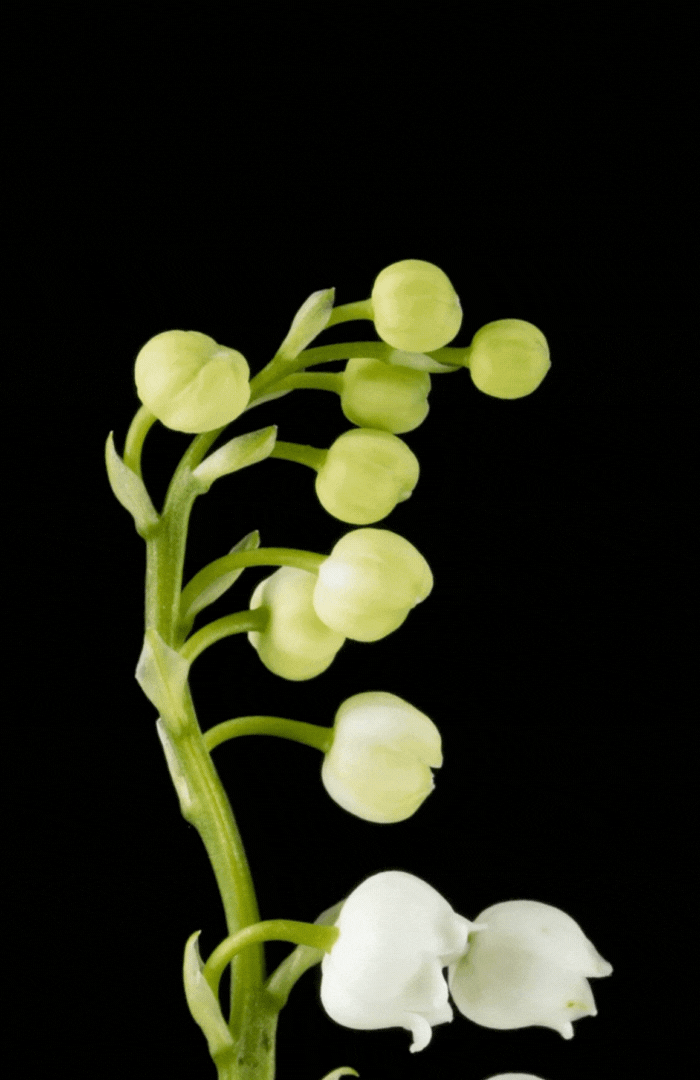
A Symbol of Humility and Renewal
The primary May Birth Flower, the Lily of the Valley, is renowned for its delicate, bell-shaped flowers and sweet fragrance.
Historical Significance
With a history that dates back to ancient times, the Lily of the Valley has been a symbol of humility in religious texts. In Christian tradition, it is said to have sprung from the tears of the Virgin Mary, which gives it the symbolism of purity and motherhood.
Cultural Symbolism
In the language of flowers, the Lily of the Valley signifies the return of happiness, humility, and sweetness. Its appearance in early May marks the beginning of spring, making it a symbol of new life and growth.
Marking Boundaries and Protection
The secondary May Birth Flower, the Hawthorn, stands out with its dense clusters of white to pink flowers, known for their distinctive smell.
Historical Background
Historically, Hawthorns have been used to mark property boundaries and were believed to protect against negative influences. In Celtic lore, it is associated with fairy realms and is often considered unlucky to cut or bring into the house.
Symbolism and Tradition
The Hawthorn symbolizes hope, love, and protection. It is celebrated in many cultures, particularly in the Celtic festival of Beltane, where it is revered as a symbol of fertility and renewal.
Lilies of the Valley and Hawthorns in Contemporary Culture
Today, both the Lily of the Valley and Hawthorn are cherished for more than their aesthetic appeal. They are a popular choice in floral arrangements, particularly in weddings, and are celebrated in art, music, and literature.
May’s birth flowers, the Lily of the Valley and the Hawthorn, bring a combination of delicate beauty, rich symbolism, and historical significance. From their roles in ancient lore to their continued presence in modern celebrations and gardens, these flowers embody the spirit of May.
In Celebrations
The Lily of the Valley is often used in bridal bouquets and wedding decorations for its delicate beauty and symbolism of purity and happiness.
In Gardening
Hawthorns, with their robust nature, are popular in landscaping for their ornamental flowers and as protective hedges.
In Herbalism and Medicine
Historically, both plants have been used in herbal medicine, with the Lily of the Valley historically being used for cardiovascular health.

Lily of the Valley
In Christian symbolism, it represents humility and the return of happiness. Spiritually, it’s associated with purity and the restoration of innocence.
Hawthorn
In Celtic traditions, Hawthorns are believed to be sacred and are associated with faeries. They are used in rituals for protection and to invite spiritual insight.
